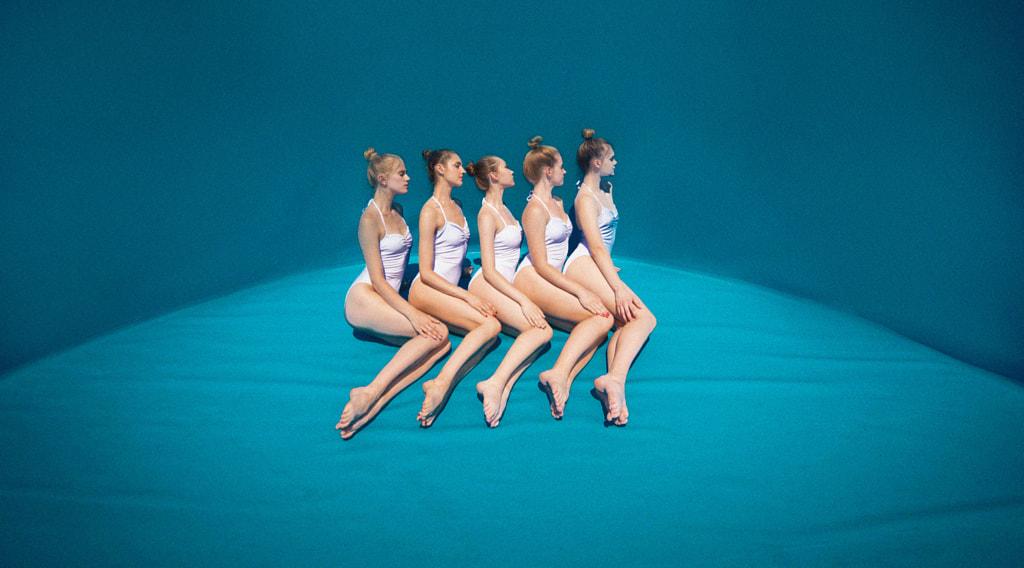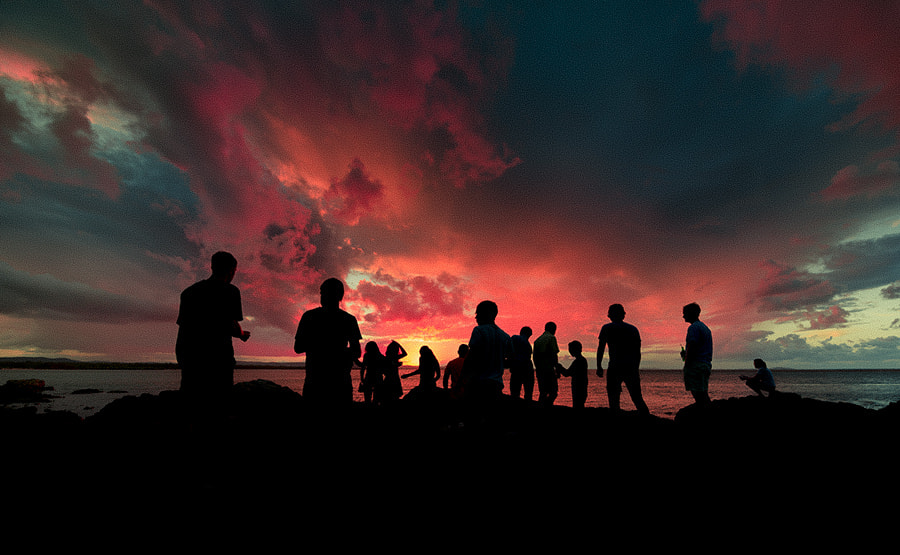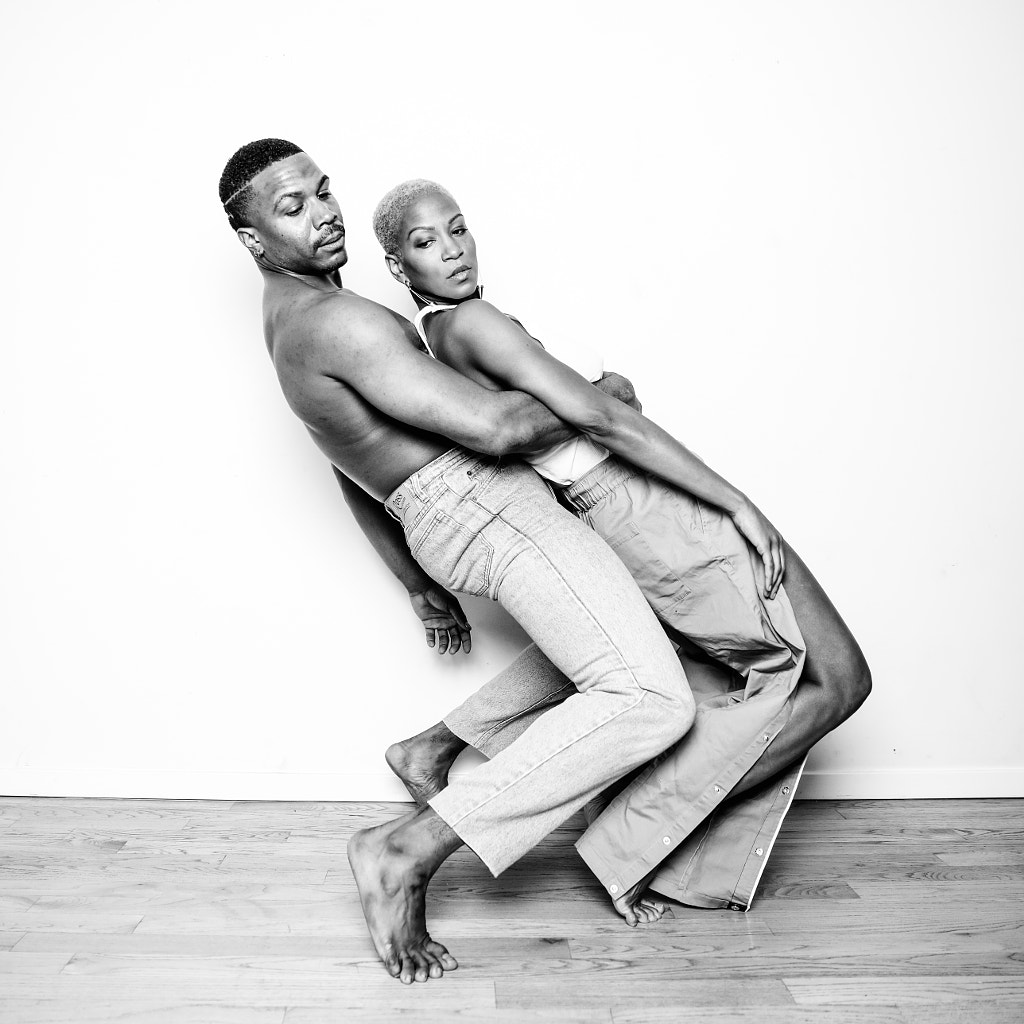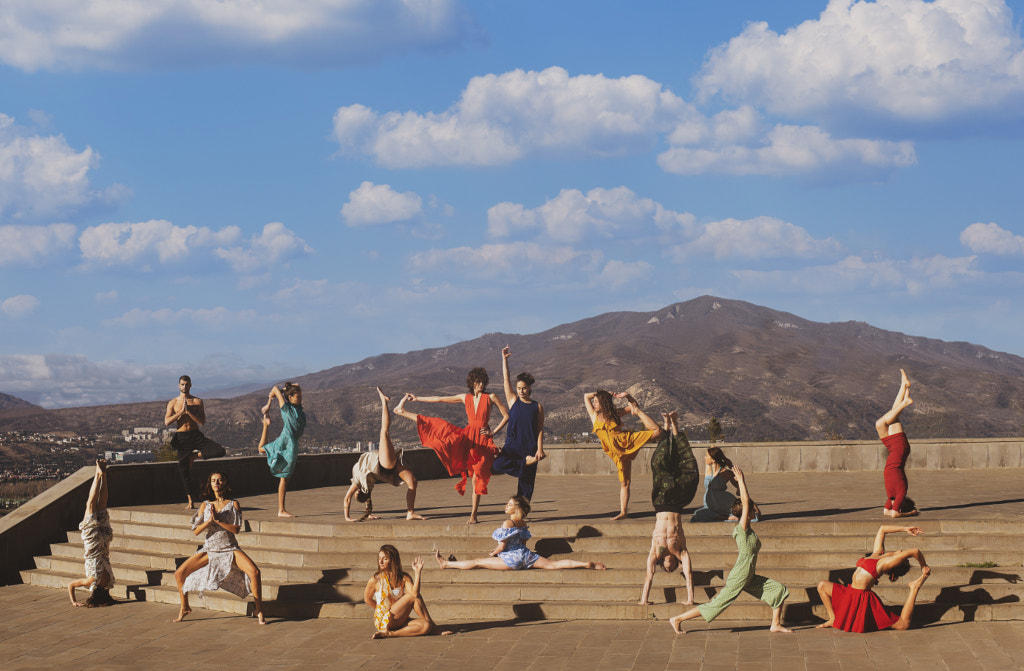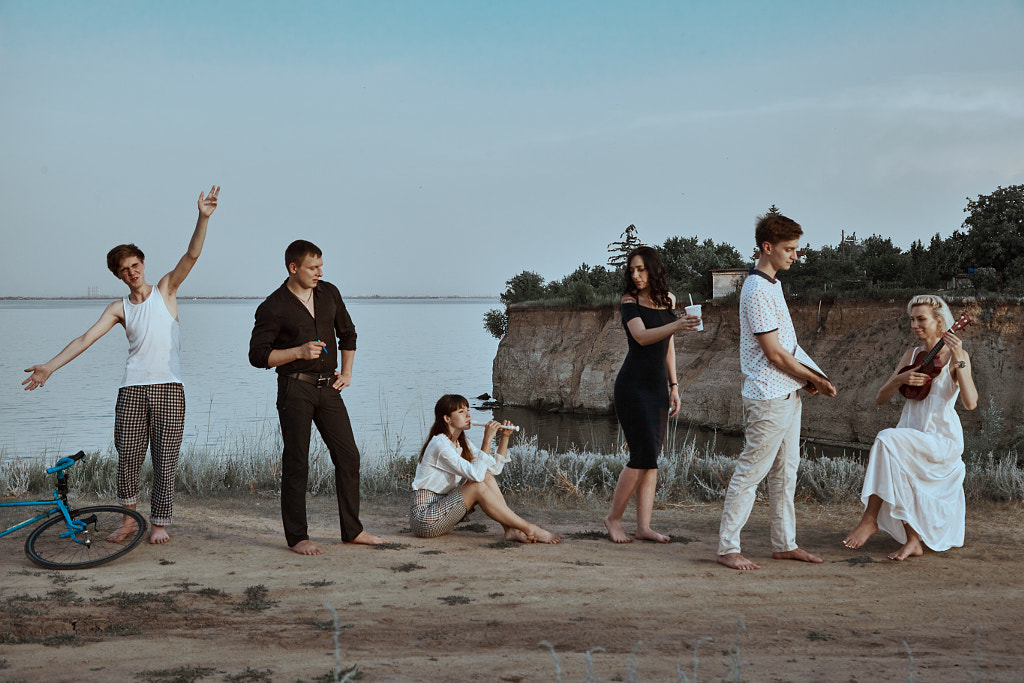“I think ‘Fine Art’ is going to become an outdated term,” curator Iris Nevins tells us. “In many ways, it’s used to denote the difference between art that has been ‘approved’ by elitist institutions and art that is not. In the world of NFTs, institutional opinions don’t have the same level of power anymore. It’s a different world with different rules.”
Iris is the Co-Founder and CEO of Umba Daima Gallery, an NFT Studio, and Black NFT Art, a media brand amplifying the voices of Black leaders and artists. In her eyes, the emergence of NFTs in the mainstream art world could usher in a new era for the market. This new chapter would be shaped not only by a select few—museums, galleries, and other “gatekeeping” institutions—but by a larger global community of artists, collectors, enthusiasts, and patrons.
When talking to artists and collectors who are passionate about non-fungible tokens, the word “community” comes up again and again, whether they’re talking about joining the conversation on Clubhouse and Twitter or investing in talented voices who have historically been overlooked by the traditional art establishment. On social media, discussions between emerging and established artists (and collectors) happen organically, and the connections you make in the metaverse have the potential to grow into lasting relationships.
In some ways, the idea of community is baked into blockchain tech. A DAO (decentralized autonomous organization), for instance, comprises a group of people who’ve decided to pool their resources. One notable example is HerStory, a DAO cofounded by the artist and activist Diana Sinclair, which provides arts funding for marginalized crypto creators.
Powered by the blockchain, DAOs rely on smart contracts, and these contracts can be used to ensure that everyone has a say in any decisions made by the organization. The blockchain allows for transparency, so there’s no need for a centralized authority figure, such as a CEO. The idea is that power can be more evenly distributed. In other words, DAOs could mark a departure from the traditional gallery structure, where the owner alone typically has the power to decide what artists are represented and exhibited.
It’s important to note that the world of cryptocurrency and crypto art isn’t inherently more inclusive. In fact, according to research from ArtTactic, using market sales on the prominent platform Nifty Gateway, women represent just 16% of the NFT art market, with male artists representing 77% of primary and secondary sales. Beyond that, 73% of NFT sales totals consisted of US, British, and Canadian artists, with only 3.6% representing artists from countries in Africa and Latin America. So, this space currently carries many of the same biases and inequalities as the traditional art world.
But the key here is that artists and collectors, usually BIPOC and LGBTQAI+ leaders, are actively working to address and correct those problems, creating new spaces for belonging and innovation in the process. “I’m excited about the opportunities for people from economically disadvantaged communities to create generational wealth,” Iris Nevens of Umba Daima Gallery explains.
“That’s the most important thing to me. Power in this world is relative to wealth and ownership of resources. Since the U.S. and other western governments have no interest in reparations for slavery, Jim Crow, or European colonization, it’s up to the people who have been oppressed by those systems to create their own wealth. So NFTs, crypto, and blockchain technology are really exciting tools for closing the wealth gap.”
Black NFT Art, with Iris at its helm, works not only to promote Black artists but also helps companies and public figures to interact more thoughtfully with the NFT space, with a focus on relationship-building and collaboration. Through The Rise Collectors Club, officially launched in November, Iris and her team have collaborated with new collectors and helped identify and support promising artists and projects. All members have voting opportunities and access to communal learning.
“NFTs have created an innovative and unique pathway for artists to market and sell their art, but they are also coming to understand that, in the NFT space, success doesn’t really happen without a network of people working together to promote and amplify each other,” Iris tells us. “So, we’re seeing a lot of collaboration and cross-promotion between artists.
“We’re also seeing companies like mine using our resources to create the spaces and networking opportunities that help people elevate. I also really admire African NFT Art, which was founded by Vintagemozart and Darkmythst–two artists who saw a need for Africans to organize and support each other in a way that Black NFT Art couldn’t. So they filled that gap, and their community is impacting a lot of people on the continent.”
Another project of note is The Mint Fund, a community project supporting artists who want to enter the space. The fund helps artists cover the gas fees needed to mint their work, prioritizing BIPOC and LGBTQIA+ creators, especially those living outside of North America and the EU. As of July 2021, they’d onboarded artists across eighteen counties.
Formed in 2020, Women of Crypto Art (WOCA) is helping to make space for women-identified artists in the NFT market. ARTXV is an NFT collective for neurodiverse artists. Meanwhile, the art adviser and curator Simon Oldfield has discussed working with an LBGT+ collective of artists living in places with anti-LGBTQ legislation, empowering them to connect with a wider global audience.
Collaboration, engagement, and community action have a rich artistic heritage, with many collectives emerging in the 1960s and ’70s, coinciding with the Civil Rights Movement. Today, artist collectives can span continents, facilitated by the internet, social media, and perhaps now, NFTs. The same report from ArtTactic that suggested the crypto art market was skewed toward male artists offered another significant finding: artist collectives and collaborations represent 23% of sales on Nifty Gateway, accounting for $90.6 million.
Community-building and finding an audience for your work can take time, but Twitter and Discord servers (such as those created by Umba Daima and The Mint Fund) are good places to start. “I recommend paying respect to those who came before you and taking the time to understand who is who in the space,” Iris urges. “Look for opportunities to support others and build relationships rather than only focusing on yourself.
“Being thoughtful and community-oriented goes a long way in this space. The competition is high, and some artists have been hustling in the space for months or possibly years. Use them as inspiration to create your best works and become your best self. Be open to growth and feedback, and then find a community who will give it to you.”
Join the Vault waitlist to get early access and be the first to find out how you can create, buy, sell, and earn.
The post The importance of community in the NFT space appeared first on 500px.
